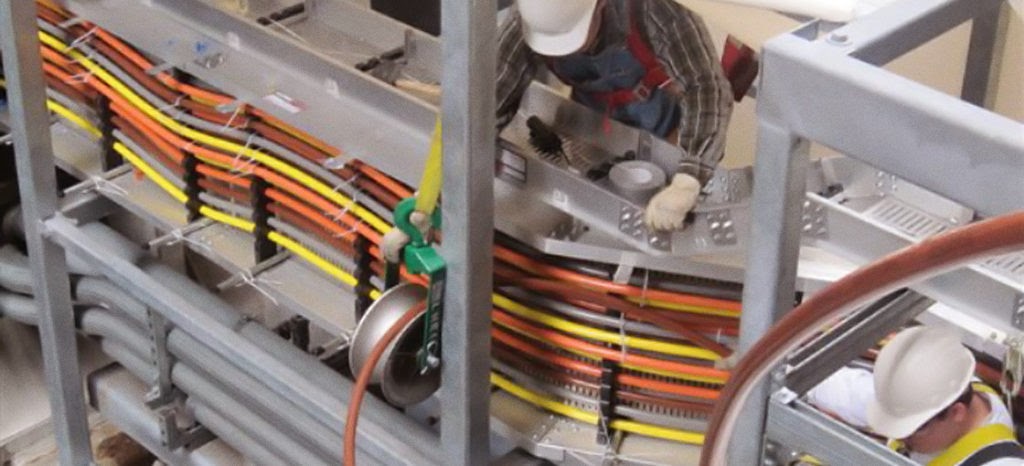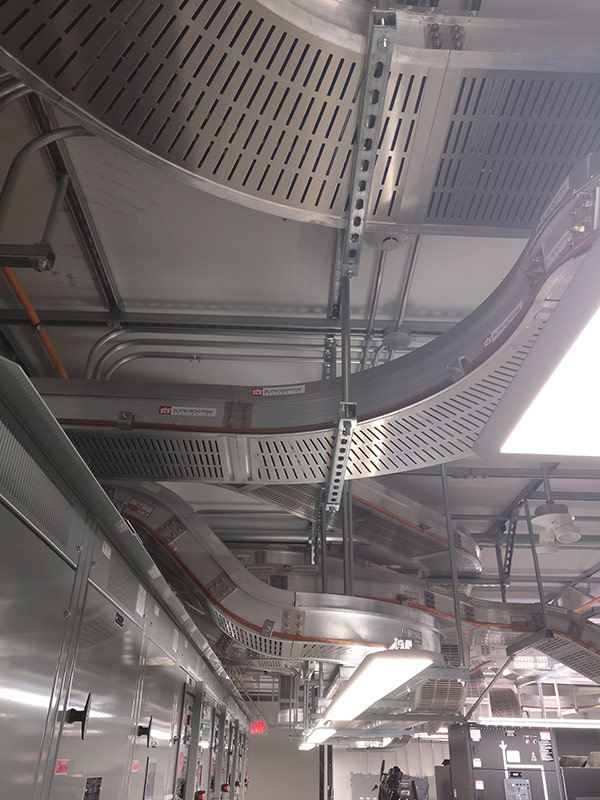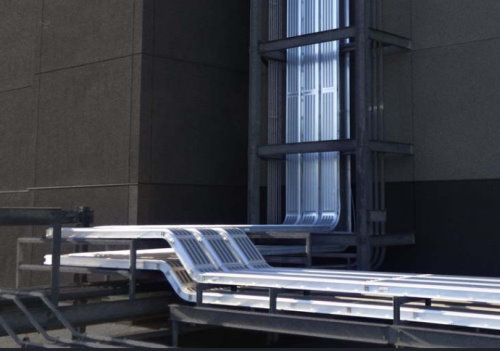
Bus plugs are electrical devices that are used to distribute electrical power typically used in commercial and industrial applications where load locations are likely to change. They usually come in a compact design where flat copper conductor plates are enclosed in a metal casing, called a bus plug. They are installed in a large industrial plant where cables cannot be wired all over the floor space.
Learn More About Our Company:
ABOUT US | OUR PRODUCTS | CONTACT US
The bus plugs are connected into busway to distribute power to electronic devices. They can be moved along the busway system to provide power wherever it’s needed. Bus plugs are used with a circuit breaker or a fusible switch to protect electrical systems from over-currents and short circuits. Bus plugs are considered more effective than electrical cables for their many uses and advantages.
Bus plugs connect to a busbar or busway to provide a localized power distribution to electronic devices, while protecting and supplying power to industrial equipment. Busway transports electricity and connects to electrical gear such as switchgear, panelboards and transformers.
Busway is an excellent alternative to cable and conduit in commercial and industrial applications because it’s not as complex to configure, less expensive to install and easier to replace, especially in applications where load locations are likely to change.
Take a look at this post covering Some Examples of a Bus in Electronics.
Different types of bus plugs
Depending on the busway, fusible and circuit breaker disconnect bus plugs are available in both plug-in and bolt-on configurations. Fusible bus plugs are available in a variety of current and voltage levels, ranging from 30 A to 1200 A and up to 600 V. Circuit breaker plugs typically have a range of 15 A to 1600 A and a voltage of up to 600 V.
The plugs can accommodate a variety of ground and neutral alternatives, and they come in a range of configurations to accommodate different busway styles:
Standard – has mechanical lugs for equipment cabling; bolt-on or plug-in
Receptacles – usually come in single, double, or quad plug-in configurations. The receptacle is mounted to the base of the plug-in unit when it is fixed mounted. Cord Mounted refers to a cord drop that is affixed to the bottom of the device with an attached receptacle.
Uses of Bus Plugs
Efficient Distribution of Current
The primary purpose of bus plugs is the ease of distribution of electric current throughout an industrial park where electric cabling would prove to be hectic. Picture for example a car manufacturing plant that has lots of conveyor systems and floors. Distributing power through a cable system would completely be impossible because they would stand in the way of the moving conveyor system. However, with a bus plug, it proves much easier since these can be installed just anywhere within the plant. That is not all; you can always move them when the need arises.
In this article, we review What is Cable Bus? Superior Cable Bus Explained.
They Ensure Safety and Security
Unlike a cable system, bus plugs are safety and security guaranteed. The metallic casing reduces the chances of rodents biting on the wiring, which would result in power outages and short circuits. The casing also reduces the chances of electrocution since you are not in contact with naked wires. It also helps in protecting the cables from damage by weather elements, debris, and dust. On the other hand, you have to deal with all these issues because the cables are not protected; they can always be affected by these elements.
This article provides information about How Cable Tray Installation Work?
Fusible vs. Nonfusible Bus Plugs
Fusible bus plugs have a switch that allows the circuit to be manually opened and closed. When used with UL class H and R fuses, overcurrent protection is provided. These bus plugs are used in residential, commercial, and industrial applications to distribute power from busway.
Benefits of Bus Plugs
Ease of Installation
Bus plugs are easy to install since they do not involve a lot of complexity and lots of installation work. This is because there are no holes and cable cutouts required to install a bus plug. In addition, there is no special equipment required. You also do not need a cable tray for supporting the heavy cables on the ceiling and walls. You will also realize that the time taken to install a bus plug is considerably less than it would take to install a cable system. You would have to climb high in the ceiling to mount the cable system. The ripple effect of this would be felt in the higher installation costs.
Lower Resistance
Due to the compact design of a bus plug, the copper conductors are placed so close to each other. As a result, this reduces the induction resistance and in turn, reduces unnecessary loss of energy. Electric cable systems on the other hand come with a lot of energy loss due to increased induction resistance because of the distance between the source of power and the machine being powered. This, therefore, means that the machines are powered by a lot less energy compared to when using a cable system. This is so much money saved.
They Come with Flexibility
The best thing about bus plugs is that they are more flexible than a cable system. They are light and easy to carry around. They also eliminate the issue of entanglement that characterizes a cable system. They do not need a ceiling or wall support, and this means they can be installed just anywhere within the complex. Moreover, you can always transfer them from one location to another without many hassles. This is what you have been missing from using a cable system for the distribution of power within your industrial complex.
They Bring in Aesthetic Value
A cable system comes with an unsightly look and feel of the dusty, twisted and entangled bundle of cables moving around corners. This not only looks bad but also displays a lack of seriousness and disorderliness. However, a bus plug comes in a compact design that looks organized since everything else is concealed inside the casing. The stainless steel casing adds to the aesthetics of the company and this just improves your image.
Whether you are looking for a circuit breaker or fusible style bus plugs, you need to be very careful who you are buying from. Electrical issues are matters of life and death and should thus be taken with utmost seriousness. Bearing in mind that most home fires are a result of faulty electrical appliances, you do not want to go down that road. Buying bus plugs from a certified and licensed dealer will guarantee you peace of mind and you and your loved ones’ safety.



